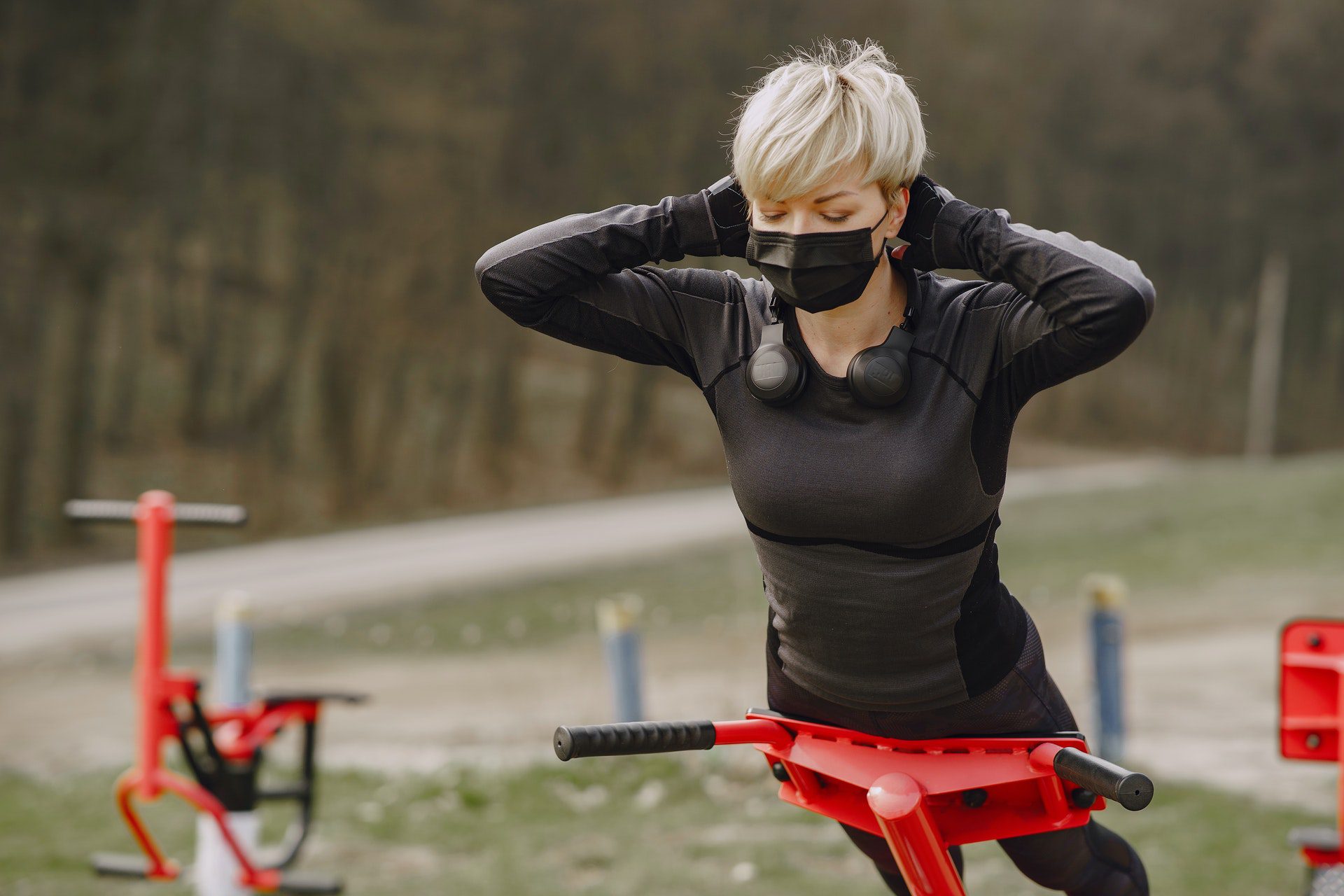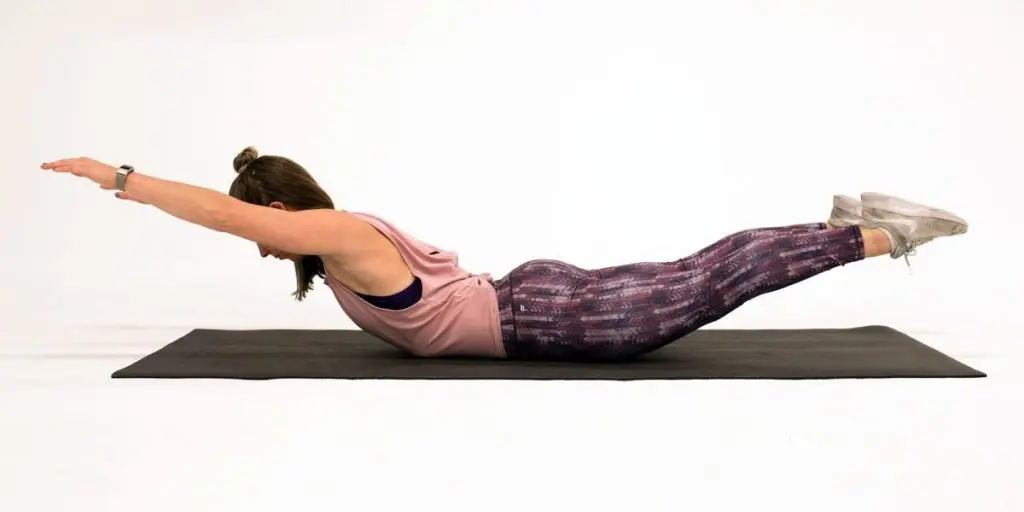
The best online fitness resource you'll ever need. We filter out the BS to ensure you meet your health and fitness goals!

The best online fitness resource you'll ever need. We filter out the BS to ensure you meet your health and fitness goals!

Back extensions and hyperextensions are amongst the best exercises you can do to strengthen your lower back, improve mind-muscle connection through your posterior chain, build hamstring strength and size and maintain long-term spinal health.
They not only improve lower back and leg musculature, but they are also amongst the top pre-hab exercises going for lower back injury prevention.
They stretch out the full posterior chain before using the muscles of the hamstrings and lower back in a tight contraction and hold.
There are a few different varieties of back extension, all of which achieve broadly similar results with differences in equipment used and emphasis placed. The main few include:

Each variety will strengthen the lower back in particular (and the posterior chain more broadly), whilst building hamstring and lower back musculature and aiding in the above-mentioned injury prevention.
They will improve erector spinae strength and musculature, allowing for greater spinal mobility and stability over time.
Because of this, hyperextensions make a fantastic accessory to any large compound movements that require a lot of posterior chain activation. This includes compound barbell lifts such as deadlifts, squats and cleans, as well as athletic movements such as sprinting and jumping.
Though there are many back extension varieties, most commercial gyms feature some form of back extension apparatus like a hyperextension bench. If you have access to this kind of kit, make use of it – it will give you the greatest range of motion under load, the greatest stretch, the greatest hamstring stimulus, and will likely be the most comfortable version.
To perform a back hyperextension on a hyperextension bench:
Hold each position – both top and bottom – for a breath or two. This will allow your lower back muscles to fully contract at the top and fully extend and relax at the bottom, making the most out of each and every rep.
For a back extension, or half-extension, don’t come all the way back up between each rep, and don’t go all the way down to perpendicular. Rather, stop a few degrees short and hold at both the top and bottom. This will ensure that you maintain constant tension, though you will obviously sacrifice a bit of range to do so.
You can increase resistance by holding a dumbbell or barbell plate across your chest, or by attaching bands to the bench’s base and looping the over your upper back for some accommodating resistance.
However, this is quite advanced – make sure that you have perfected your technique and are comfortable performing at least 10-15 reps before bringing the resistance up.
Always warm up before performing back hyperextensions, preferably with some dynamic movements through the posterior chain.
Around 4/5 of adults will experience lower back pain at some point or another. It’s one of the most injury-prone areas of the body. It’s easy to injure yourself working the posterior chain. However, luckily, it’s also easy to prevent injury and to use posterior chain exercises like back hyperextensions to safeguard your back for years to come. You just have to be careful and bear a few things in mind.
When lifting anything with the posterior chain, use the legs. This becomes most obvious during the deadlift. However, it also rings true in the back hyperextension.
One of its main benefits is that it teaches you how to mindfully activate your hamstrings. Make sure that your hamstrings are initiating the return from the bottom of each move, contracting fully and lifting you up.
In addition, it is much harder to injure your back when you have a strong core. This means including exercises, like the back hyperextension, that build up your lower back and erector spinae.
However, it also means working the deep muscles of the core and obliques. Make sure that you are scheduling plenty of core work into your regular training sessions. Core activation and mobility exercises should be a key part of this.
Finally, your lower back will suffer more the more overweight you are. We are talking fat, here – if your BMI is high because of high musculature, you’re OK.
Lots of belly fat will drag your centre of gravity forwards, however, putting undue stress into your lower back. If you are overweight, consult a doctor before beginning any kind of training, and consider going lighter on posterior chain exercises depending on what they say.